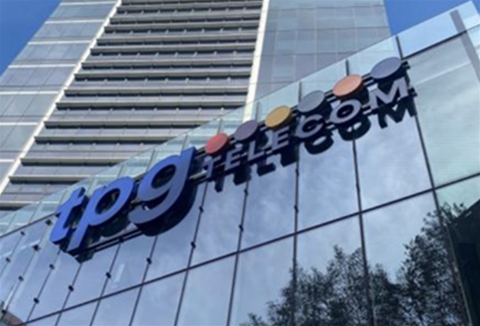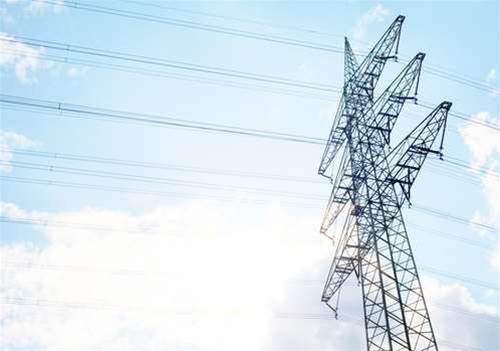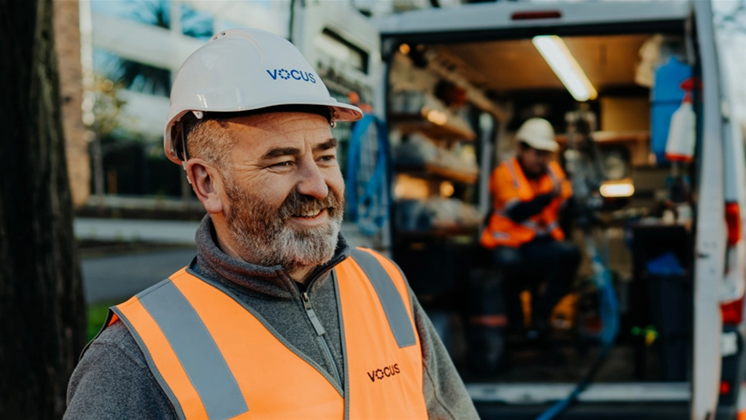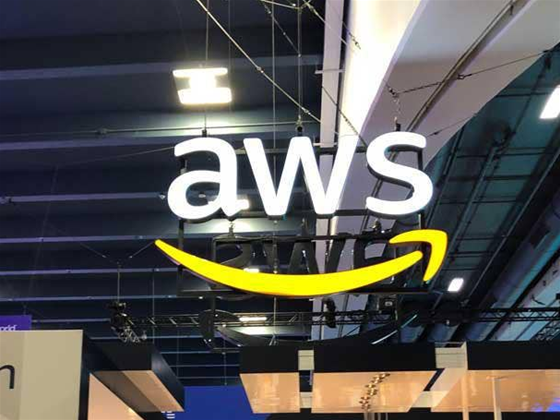NSW Auditor Calls for More Agency-Led AI Regulations
We independently review everything we recommend. When you buy through our links, we may earn a commission which is paid directly to our Australia-based writers, editors, and support staff. Thank you for your support!
Assessing the Necessity for Agency-Specific AI Regulations in NSW

Brief Overview
- 357 AI solutions are presently utilized across 21 out of the 26 largest departments and agencies in NSW government.
- Applications of AI encompass workflow improvement, customer engagement, fraud identification, and beyond.
- Fewer than half of these agencies have established formal AI policies.
- The audit indicates that policies at the agency level are essential for effective management.
- 15 agencies have initiated documentation of their AI tool deployment, which enhances transparency and accountability.
The Expanding Influence of AI in NSW Government
The New South Wales (NSW) government is progressively integrating artificial intelligence (AI) technologies, as evidenced by a recent audit that disclosed the employment of 357 distinct AI tools across 21 of the state’s largest departments and agencies. These tools serve multiple functions, such as improving workflows, enhancing customer service, detecting fraud, and providing cybersecurity support.
Existing Governance Issues
The NSW audit office has pointed out a critical necessity for more customized governance structures within these agencies. While every agency is obligated to comply with the state’s overarching AI regulations, the audit suggests these may not be sufficiently detailed for agencies implementing advanced AI systems. The report emphasizes that a uniform approach is insufficient, advocating for agency-specific policies that cater to unique obstacles.
Customized AI Regulations: An Imperative
Fewer than half of the 21 largest departments and agencies possess formal AI policies or have woven AI into their existing frameworks. Several are still assessing their policies, while some depend entirely on the statewide AI ethics guidelines. The audit suggests agencies create their own inventories to catalog the aims, applications, and limitations of AI technologies.
Enhancing Accountability with Centralized Inventories
To bolster government accountability, the report advocates for the establishment of centralized inventories that document the purposes, applications, and limitations of AI tools. At the time of the audit, 15 agencies had initiated this process, reflecting an increasing commitment to transparency and ethical AI application.
Conclusion
The NSW government is experiencing a considerable rise in the deployment of AI tools throughout its departments and agencies. While these technologies offer the potential for improved service delivery and operational efficiencies, the NSW audit office has stressed the importance of developing more sophisticated, agency-specific governance regulations. This strategy aims to guarantee ethical AI utilization and enhance accountability via improved documentation and transparency.















